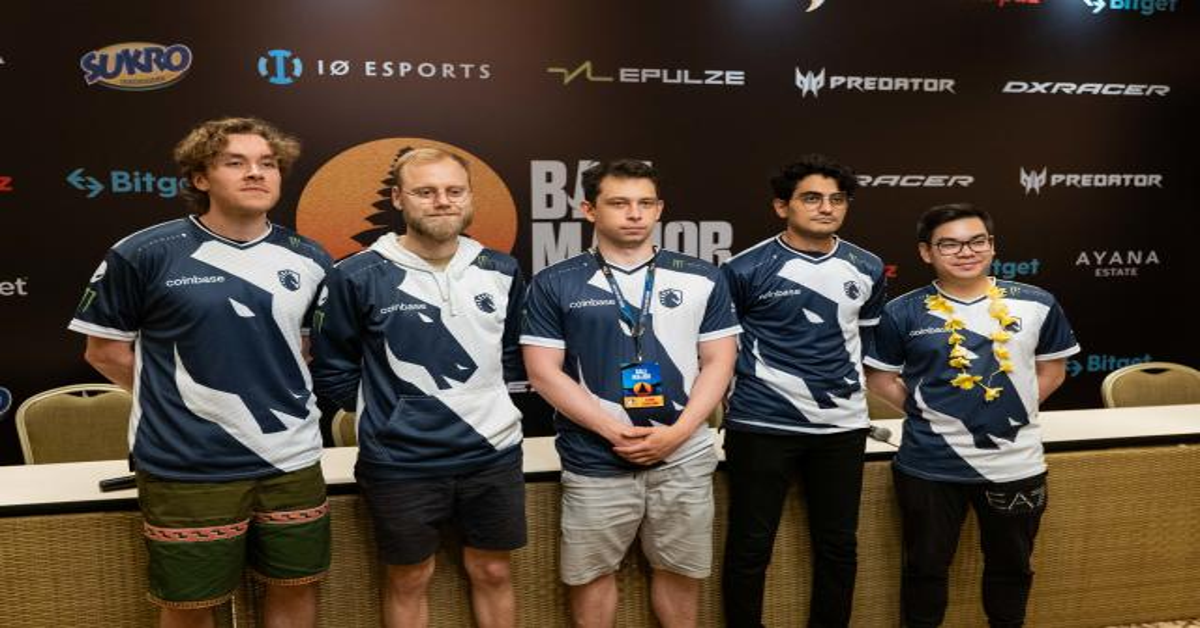In the fast-evolving world of esports, team identity is a critical factor that extends beyond in-game skills and strategies. With millions of fans following competitive gaming events and personalities, the way a team presents itself is crucial in building a unique and memorable brand. One of the key elements that plays into this image is team clothing.
The Role of Branding in Esports
At the core of any brand is its identity. In esports, teams and organizations must differentiate themselves to rise above the noise. A brand’s identity includes its name, logo, colors, tagline, and overall aesthetic, all of which contribute to how the public perceives them.Successful teams have distinct identities that resonate with their target audiences. For example, teams like Team Liquid and G2 Esports have become well-known not just for their competitive success but for their recognizable logos and color schemes that will be found at any deadlock tournament once it officially releases. These visual elements make them immediately identifiable, helping fans connect emotionally and intellectually with the team.
Individual players in esports also cultivate personal brands. Professional gamers such as Faker (Lee Sang-hyeok) in League of Legends or s1mple (Oleksandr Kostyliev) in Counter-Strike: Global Offensive are known for their in-game prowess but also for their personas outside of competition. Personal branding allows these players to stand out and become marketable, leading to sponsorships, streaming deals, and fan followings. A strong identity not only separates teams and players from competitors but also creates lasting impressions, driving loyalty among fans.
Esports fans are some of the most passionate in any industry. Effective branding allows teams and players to establish deep emotional connections with their supporters. This connection isn’t just about supporting a team because of their win-loss record—it’s about aligning with the values, culture, and story that the brand represents.
Esports teams often build their brands around specific values or attitudes. For instance, FaZe Clan has positioned itself as a lifestyle brand that merges gaming with pop culture and streetwear. This strategy appeals to younger audiences who see FaZe as more than just a competitive gaming team—it’s a brand that represents a broader cultural movement.
Branding in esports helps facilitate ongoing engagement with fans. Teams with strong branding strategies keep their fanbase involved through social media, fan events, and branded merchandise. A team like 100 Thieves, which emphasizes a streetwear aesthetic, regularly drops clothing lines that their fans can buy, creating a direct link between the team’s brand and its community. Emotional connections foster brand loyalty, turning casual viewers into lifelong supporters.
Uniforms as Symbols of Unity and Identity in Esports
A team uniform is a powerful visual representation of unity. In competitive gaming, where individuals must act as a cohesive unit to achieve victory, wearing the same uniform reinforces the idea of collaboration and teamwork.
When players put on their team’s jersey, they are reminded that they are part of something larger than themselves. This shared identity is crucial in esports, where players often come from diverse cultural backgrounds and geographical regions. The uniform becomes a symbol of their collective goal and their commitment to working together as one entity.
When players appear together wearing the same uniforms during live competitions, including cis tournaments, or broadcasted events, they project an image of solidarity. This not only creates a powerful visual for fans but also impacts team morale. Wearing matching attire can instill a sense of professionalism and pride, giving players a psychological boost as they prepare to compete.
In competitive esports, teams that present themselves professionally are more likely to be taken seriously by both fans and sponsors. Uniforms contribute significantly to this professional image, helping establish the team as a serious contender both in and out of the game.
A well-designed uniform gives the impression of a well-organized, disciplined team. Whether it’s sleek, modern designs that mirror the team’s cutting-edge strategies or classic, minimalistic looks that exude confidence, uniforms are one of the first things fans and competitors notice about a team. The right uniform can project confidence, intimidation, or even innovation, all of which contribute to how the team is perceived.
In esports, uniforms are also prime real estate for sponsor logos. Teams often display the logos of their sponsors on their jerseys, hats, and other apparel. This not only creates additional revenue streams but also aligns the team with corporate partners, enhancing their brand’s reputation and reach. By maintaining consistency in their uniforms, teams can offer sponsors continuous visibility throughout different events, increasing their marketability.
Appealing to the Fans: Merchandise and Lifestyle in Esports
For esports fans, purchasing and wearing team merchandise is a way to demonstrate their loyalty and support. From jerseys and hats to hoodies and accessories, team-branded merchandise offers fans a tangible way to show their dedication, both at events and in their everyday lives.
The most iconic piece of esports merchandise is the team jersey, often designed to replicate the ones worn by the players during competitions. By wearing these jerseys, fans feel more connected to their favorite teams and players, almost as if they are part of the team themselves. Teams like FaZe Clan, Cloud9, and 100 Thieves have designed jerseys that have become coveted items for their fanbase.
Some teams take merchandise a step further by offering limited edition drops or custom apparel. Limited runs of exclusive items, such as collaboration pieces with well-known fashion brands or themed clothing lines tied to special events, create a sense of urgency and exclusivity. Fans are not just buying clothing—they are purchasing a piece of their team’s history and identity. This approach has been particularly successful for organizations like 100 Thieves, which blends streetwear culture with gaming in its highly sought-after fashion lines.
Esports teams are no longer just competitive entities; they are evolving into lifestyle brands. By embracing lifestyle branding, teams can appeal to broader audiences and position themselves as cultural icons beyond the confines of competitive gaming. Lifestyle branding turns a team’s merchandise into something that fans wear not just at gaming events but as part of their everyday wardrobe.
One of the biggest trends in esports is the intersection of gaming culture with streetwear fashion. Teams like 100 Thieves, FaZe Clan, and G2 Esports have successfully adopted a streetwear aesthetic, offering fans fashion-forward apparel that reflects the edgy, youthful culture of esports. By creating clothing that can be worn in casual, everyday settings, these teams have tapped into the larger youth culture and positioned themselves as more than just teams—they’re lifestyle brands.
ome esports organizations have even partnered with established fashion brands to launch collaborative apparel lines. For example, FaZe Clan has worked with brands like Champion and Kappa to create exclusive collections that merge gaming with mainstream fashion. These collaborations not only boost a team’s cultural relevance but also help to expand its reach beyond gaming into other areas of popular culture, such as fashion and music.
The Psychological Impact of Team Clothing
In competitive gaming, mindset and confidence play huge roles in performance. Clothing can also affect how players feel and how their opponents perceive them. Psychologically, wearing a uniform that players are proud of can boost morale and enhance team spirit. It can make players feel more powerful, focused, and connected with their teammates.
On the other hand, the appearance of a formidable opponent decked out in sleek, intimidating gear can subtly impact the psychological game. Much like traditional sports, first impressions matter. Teams with iconic or intimidating designs can create an aura of invincibility, making them harder to beat mentally.
Another critical aspect of team clothing is sponsorship. Apparel acts as prime real estate for advertisements, allowing esports teams to generate significant revenue. Well-known sponsors like gaming hardware brands, energy drinks, or lifestyle products often feature their logos on team jerseys. In return, they gain exposure to millions of fans during high-profile tournaments.
The relationship between sponsors and teams often shapes the design of esports clothing. The challenge is to incorporate sponsor logos in ways that complement the overall aesthetic of the apparel without overshadowing the team’s own identity.
Conclusion
In esports, team clothing is more than just fabric—it’s an extension of the team’s brand and identity. From fostering unity among players to connecting with fans and securing sponsorship deals, apparel plays a pivotal role in shaping how a team is perceived both in and out of competition. Teams that invest in thoughtful and distinctive clothing design can create a lasting visual identity that elevates their brand in a fiercely competitive industry. Whether it’s through bold designs, fan merchandise, or psychological edge, team clothing has become an essential part of the esports ecosystem, helping teams to define who they are and where they stand in the world of competitive gaming.







